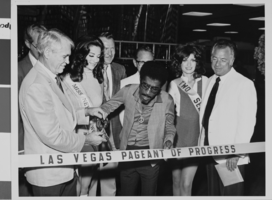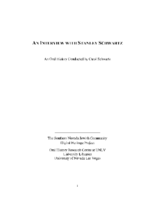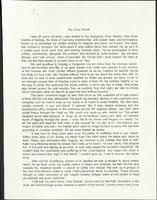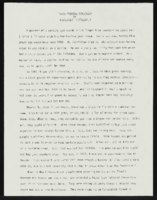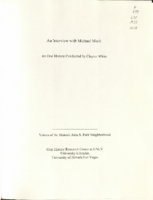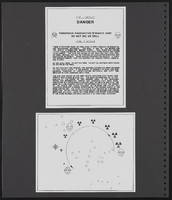Temple Beth Am
Temple Beth Am was a Jewish Reform congregation founded by Rabbi Mel Hecht in 1984 in Las Vegas, Nevada. In 1992, some members of the congregation, unhappy with Rabbi Hecht's leadership, broke off to form Congregation Adat Ari El. Construction on Beth Am's campus began in Summerlin in 2001. In 2007 Temple Beth Am and Adat Ari El merged to form Temple Sinai.
Source:

